Leeks are a must-grow star of the winter garden. Leeks are milder in flavor and have a longer growing season than onions, another member of the allium family.
Because the edible bulb of a leek grows underground, it can withstand far colder temperatures than onions. Depending on where you live, you can keep leeks in the ground all winter long and free up valuable space in your crisper drawer and root cellar for less hardy items.
If you followed all the steps in my previous post about growing leeks and waited patiently through this vegetable’s very long growing season, you should be ready to harvest them in late fall and throughout the winter. Here are some tips for foolproof harvesting and advice for cooking with leeks throughout the winter.
Harvesting Leeks
The green leaves of leeks are quite tough on their own and aren’t worth eating. The useful part is the white, blanched bulb under the ground.
It’s easy to harvest leeks before the ground freezes. Grab the whole plant as close to the ground as you can, and pull straight up. If you’re having trouble, use a hand spade, trowel or garden fork to dig it out. Always be careful: don’t break the bulb.
The wonderful thing about leeks is their ability to survive the cold, and I’ve often dug them up from the frozen ground to find them no worse for wear. To do this, it’s best to wait for a January thaw or other warm-ish day. I use my full-sized spade so I can press down with my foot to cut through hard soil and leverage the leek out.
To help keep the soil at least a little bit workable, we typically cover our leek bed with a greenhouse tunnel made of PVC pipe and sturdy plastic. This also helps prevent the leaves above ground from rotting in the snow.
Preparing Leeks For Cooking
Once you’ve pulled or dug up your leeks, trim the roots to the base of the bulb. Leave a bit of green above the bulb. Make sure to cut back the leaves far enough that they no longer fan out away from the bulb.
Rinse off loose soil in cool water. Once dried, tuck the leeks into the crisper drawer or root cellar for cold storage. Dry leeks should last for several weeks.
Use the green leek tops in a vegetable or chicken stock. Doing so minimizes waste. And, even better, anything you cook with the stock will be healthier and more flavorful than food made with store-bought stock.
If you don’t have the time to make stock, compost the tops. Unfortunately, alliums aren’t good chicken feed—they’re bad for the birds. Doing so could make your eggs taste garlicky over time.
Cooking With Leeks
To use your leek, slice off about a quarter inch of the bottom to get rid of any remaining roots.
If your leek seems dry, leathery or wrinkled on the outside, peel off the outer layer of leaves. As with onions, there should be a useful, moist layer underneath.
To dice leeks, slice them in half the long way, then place the bulbs flat side down to halve them again the long way. Don’t separate the long quarters. Instead, begin to thinly slice across the short end, creating small ribbons of leek.
Like onions, leeks will further separate along the layers as you cook them, leaving you with nice, tiny pieces.
Recipes With Leeks
These are some of my favorite leek recipes. Leeks are also a replacement for onions. Use them as a substitute if you’re low on other alliums or if you want to play with the flavor of a favorite recipe.
French Leek Soup

To prove that you can successfully substitute leeks for onions in any recipes, I developed my own version of French onion soup. This recipe is a hearty, one-dish meal when you make it with French bread croutons and cheese. It’s one of my all-time favorites.
Leek And Potato Galette
I’m a huge fan of galettes because they’re so much easier to deal with than a full-on piecrust. There’s an endless combination of fruits, veggies, and cheese to whip up a quick meal with fresh garden ingredients. This galette from Bon Appetit is a take on the classic potato-leek combination.
Grilled Green And Leek Tops
While almost every recipe in the world calls for the white bulb, this side dish from Saveur is a good way to use up those dark green tops if making stock isn’t your thing. Grilling the leeks tops and collard greens softens them up and gives them a spicy kick.
Baked Butternut Squash With Leeks
This is a great vegetarian dish for the winter, since butternut squash stores for months after you harvest it. This recipe from River Cottage makes a delicious meal on its own. If your diet allows, sub the vegan cheese for the real deal.
Leeks In Vinaigrette
This recipe from Bon Appetit makes leeks the star of the show rather than a flavorful ingredient. This recipe works best with freshly harvested leeks.

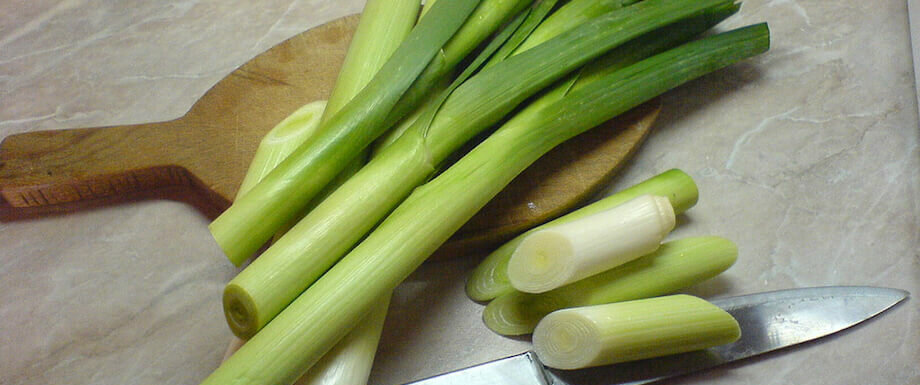
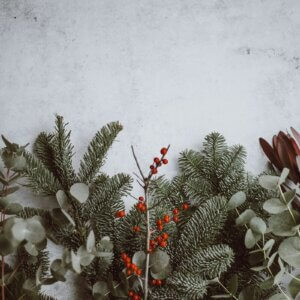
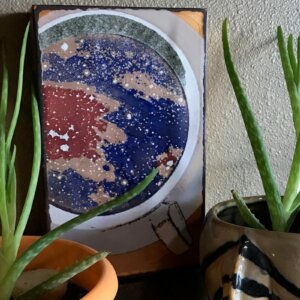
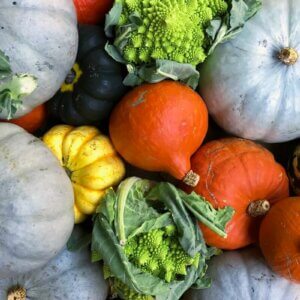



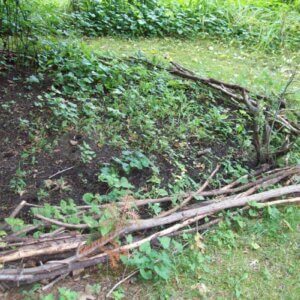

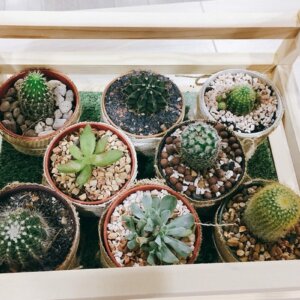




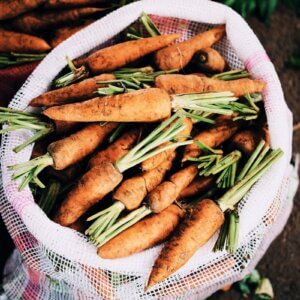




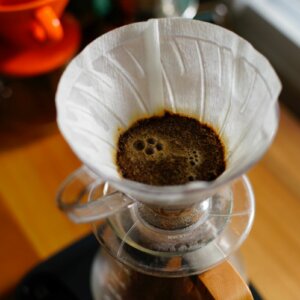



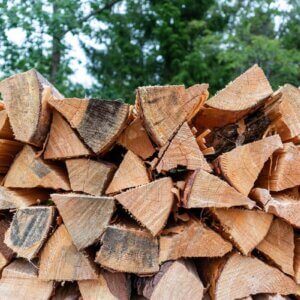
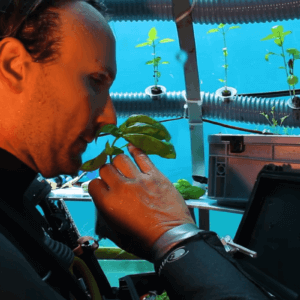




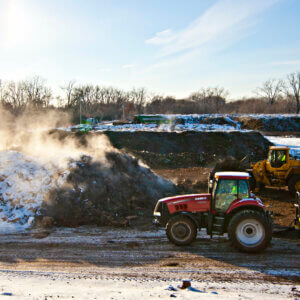

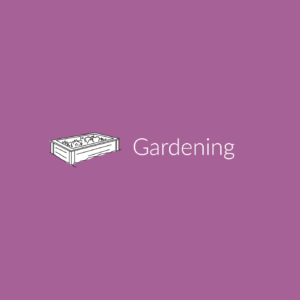


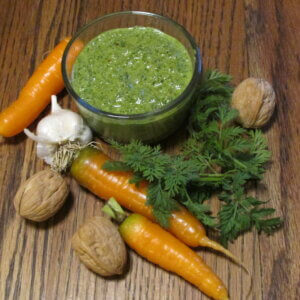




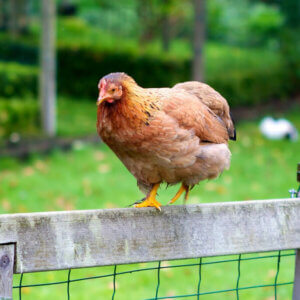

A thorough, final rub and rinse session after leeks are cut lengthwise and chopped removes micro-grit hiding between layers.